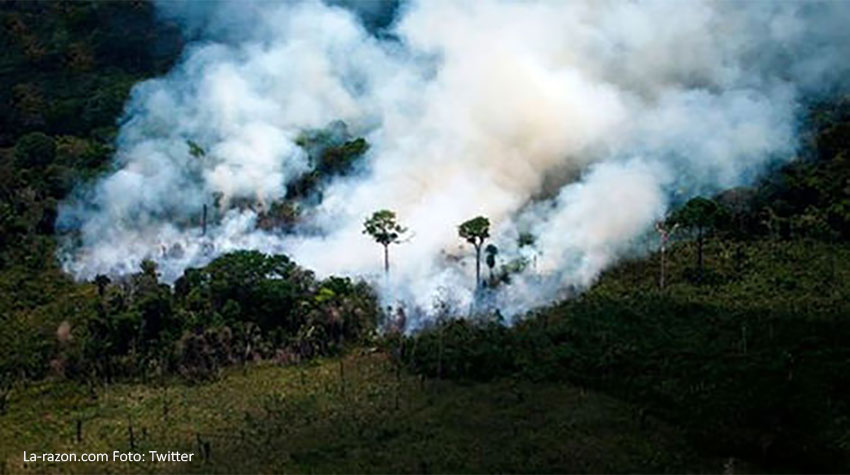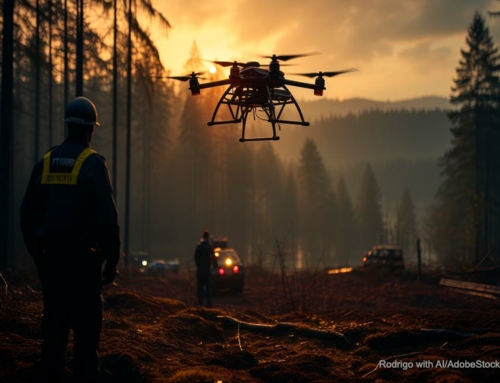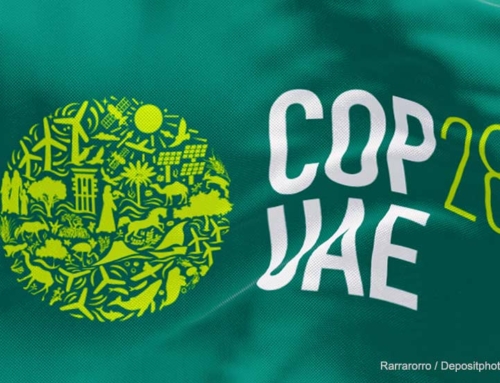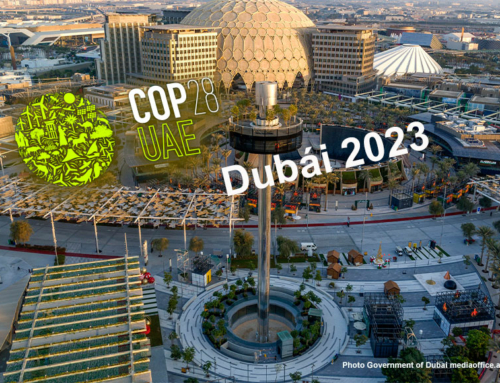It is no little that is at stake in the Amazon rainforest. The lung of the world should not be a token in a casino roulette. This biodiversity emporium is about 7 million km2, it is 12 times the size of Spain, it has 80,000 kinds of trees, 140,000 species of plants, 20% of the world’s species, the longest and largest river in the world, whose volume contains between 15 to 20% of the world’s fresh water and a delta that is 240 km wide.
The Amazon rainforest has been burning for almost three weeks and the fire has not yet been controlled. The matter is so serious that for several days now it has been monopolizing the headlines of the world’s media. On the other hand, millions of people and entities have dispatched tens of millions of tweets in recent days, looking for information and expressing concern about the problem, something that we had not seen so far.
We’ve spent years warning that the Amazon rainforest might happen something like what happened to the rainforest of Borneo, the former lung Southeast Asia between 1970 and 2000 (see list of our products at the end). Unfortunately, the same is happening to the great South American rainforest.
Deforestation, the main cause of fires in the rainforests
The felling of trees, to supply raw material to the wood and paper industry, leaves an immense number of stumps, roots and many weeds in the land that has been deforested. After a while, when this plant material has dried, the area is cleaned. The space left is usually occupied with the sowing of palm oil, soybeans and grass for cattle raising, if we considered to the experience of Borneo and that of the Amazon itself.
The most used method for these cleanings is the so-called “controlled fire”, but sometimes it gets out of control, with devastating effects, as happened so many times in Borneo. Perhaps it is also the origin of the current fire of our beloved Amazon.
About Borneo
Borneo, located in Southeast Asia, with its 743,330 km2, occupies the third position among the largest islands on Earth and is larger than France. Borneo (Kalimantan in Indonesian) has a political subdivision in three countries: Indonesia owns 72.6%, Malaysia 26.7% and Brunei less than 1%.
Until 1950, 96% of the island of Borneo was primary forest, while today only 44% remains. Destruction does not slow down, but increases its speed, as WWF points out. Some scientists say that what happened in Borneo is the largest and fastest ecological catastrophe made by man in the history of mankind. In May 2007, 1,500 scientists from 70 countries wrote a document that described Borneo’s situation as “critical” and urged immediate action. However, little attention has been paid to them so far.
Before the massive deforestation to which it was subjected, the rainforest of Borneo was almost impenetrable due to the large number of trees and other plants that made it up. During hostile deforestation the island became the largest exporter of timber in the world, even above the Amazon and Africa together. Already into the 21st century, the island became the number one exporter of palm oil. The short story is that as the forests cleared, the spaces vacated by the felling of trees were mainly used for sowing the oil palm.
A succession of catastrophic fires
In the years of the great deforestation of the former rainforest of Borneo, NASA came to photograph up to 2000 “controlled” outbreaks of fire in a single day.
SGK-PLANET, in his article The Homo predator in Borneo, inform: In 1994 a great fire destroyed four million hectares. However, the worst fires so far have been those of 1997 and 1998 in Indonesia. The claims have devastated millions of hectares of forests, causing serious health problems for the population and affecting the tourism industry. According to the newspaper El País from Spain, since then a satellite surveillance program was established, under the UN, which allows to locate the most serious outbreaks and measure the extent of fires. But in 2001 the alarms went off again when a voracious fire broke out that threatened to surpass all the previous ones, but in the end, it could be controlled. But those surveillance and control measures had little effect. So, the smoke and fires arrived in Borneo to stay 365 days a year.
Avoiding forest deforestation is more difficult than ending CO2 emissions
It is not easy to end emissions, but at least there are realistic programs and deadlines for this. Coal mines and coal powdered electric plants are closing. It is advancing in electromobility. There are cities where conventional public transport is being replaced by electric buses. The electric car is already produced by almost all factories. As for solar energy, photovoltaic panels are easy to install and are getting cheaper. In many countries they are increasingly they popularity. Somewhat similar happens with wind energy. The tall towers, crowned by wind turbines, are already part of the landscape of many towns and cities. All this represents an important advance towards a decarbonized and sustainable world. Circular economy is a certain possibility.
The same cannot be said about deforestation. In this field everything remains the same or worse than in the past decades. The vegetation cover is one in the list of nine limits of the planet established by the Stockholm Resilience Center, between 2009 and 2015, which according to UNESCO would be extremely dangerous to transfer.
Two major obstacles to reduce deforestation
- The demand. While there is demand there will be supply. Wood addiction is a complex issue. The warmth, texture and beauty of the wood is not provided by any other material, and therefore is easily enamored. But the love of wood is a dangerous love.
In addition, wood is not only used for aesthetics but also for necessity, and for now it does not have a substitute, since iron, bronze, other metals, plastics, granite stones or marble, are not. But we will have to find a replacement or learn to live without wood.
- The illegality. Corruption and complicity, throughout the process of granting permits, logging, transport and reception of logs and wood has not been avoided. Wood traffic uses falsification of documentation in many places of origin and destination. Forbidden areas or sanctuaries in the Amazon are violated and forged papers so that the truth is hidden in the shadows.
Conclusions
Forest deforestation, vegetation fires, drought and desertification are links in the same chain. In our opinion, they are the most serious threats that loom over humanity and other species.
The massive fires that are happening today in the Amazon rainforest, accompanied by the media effect, should help us become aware of what is at stake, which is life itself. In the first place, those of us who live in South America must defend the Amazon and press for its destruction to cease. There are nine countries that share the Amazon. Their governments, instead of shearing their portion, must become their forester. It’s your obligation.
That this great worldwide media coverage of the danger over the Amazon serves to create pressure on governments, for do not continue to use the “national sovereignty” to do what they want with the rainforest. Because if the Amazon belongs to their nations, the lung and the need to breathe are of all mankind.
Sandor Alejandro Gerendas-Kiss







Leave A Comment